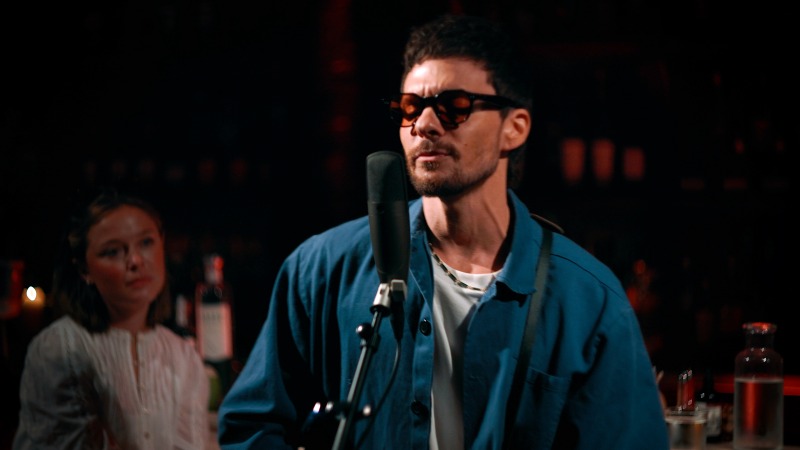The Curmdgeon: Memphis’ Music Museums
Elvis Presley died on August 16, 1977. Ever since, huge crowds have traveled to Memphis to mark the anniversary. Local tourism promoters call it “Elvis Week”; nearly everyone else calls it “Death Week,” and this year the dates are August 10-17. There are Elvis impersonator concerts, “Kid Karaoke,” field trips to Presley’s birthplace and high school, movie screenings, Q&A sessions with people who worked with Presley and the candlelight vigil from the Graceland gate.
But any week of the year is a good week to visit Memphis if you’re a music lover, because this town on the bluffs overlooking the Mississippi River offers better connections to the musical past than any other American city—better than Cleveland, Seattle, Nashville, New York, New Orleans or San Francisco. Believe me; I’ve been to them all.
Why do those of us who love music travel so far to explore its past? Why do we go to the trouble of airplane tickets, interstate driving and motel reservations when we can see almost any image, hear almost any song and read almost any text with a few clicks on the internet?
Because a true love of music is not a virtual experience; it’s a physical experience. If you’ve ever squished in near the stage sardine-style, if you’ve ever danced to a live band in a sweaty hole-in-the-wall, if you’ve ever lost your virginity while your favorite record was playing, a .jpeg file or .mp3 file on a website is not going to deepen your experience. What’s going to deepen your experience is to stand in the places where your favorite musicians lived and worked, to be in the same room with their instruments and clothes.
In 2008, when I visited Memphis’s Sun Studio where Presley, Jerry Lee Lewis, Johnny Cash and Carl Perkins made their earliest and most important recordings, I ran into a 28-year-old woman named Rachel Krampfner. I asked her why she had come all the way from the West Coast to visit the home and studio of a man who had died before she was born.
“I do this thing in my head,” she answered, “to make myself think, ‘This is where he stood. He touched this mic.’ That makes it so cool. I wouldn’t care so much if it were Britney Spears’ mic, but here something happened that had never been done before. I felt the same thing when I visited Liverpool. I’d always liked Elvis, but now I want to go home and put his pictures on my bedroom walls.
“In Seattle, where I live, we have the Experience Music Project, which has a lot of videos and multi-media. But, you know, I can see videos at home. When I go to a music museum, I want to see 50,000 jumpsuits. I want to have my picture taken with Elvis’s mic.”
Any music museum—any kind of museum, really—that thinks it’s going to it’s going to pull in the kids with a lot of touch screens and film clips is making a tragic mistake. You don’t compete with the internet by offering what can be found on any computer, only with less choice. You compete by providing what cyberspace can never deliver: one-of-a-kind artifacts with a physical connection to the people and the moments we’re interested in.
This became crystal clear that same afternoon at Sun Studio. The climax of the guided tour is the surprisingly small room where the famous recordings were actually made. A black-and-white photo on the wall showed Presley, Lewis, Cash and Perkins gathered around the piano in that very room, with the wall of white, perforated acoustic tiles behind them. If you glanced to the side of the photo, those same tiles were still there. You can’t love this music and not go “whoa!” at a moment like that.
Presley’s first single, “That’s All Right,” was playing over the speakers as I looked at the photo, then the room, the photo, then the room. Standing next to me was Nicola Roussin, a tattoo artist from France, who also kept swiveling his head as if following a tennis match. He struggled with his English to explain how much the moment meant.
“I hear that song many times at home,” said the short, skinny man with the trademarks of his profession on his arms, “and it’s a fun song, woo-woo. But the song was made here. You hear it and see the photo and the floor and the walls; it’s a very special experience. I’m almost in the room with them.”
-

-

-

-

-

-

-

-

-

-

-

-

-

-

-

-

-

-

-

-

-

-

-

-

-

-

-

-

-

-

-

-

-

-

-

-

-

-

-

-








































